Reading the paper on August 31, 1940.


British bombers attacked central Berlin in three waves today, using incendiary and explosive bombs.
The Krupp Works at Essen and German shipping in the Netherlands were also struck.
Overnight, British Spitfire and Hurricane aircraft attacked formations of seven hundred German planes which bombed London and thirteen other British cities.
Britain’s air losses from this raid would be the heaviest of the entire Battle of Britain.
Thirty-nine British aircraft were shot down and fourteen pilots were killed while German aircraft losses stood at forty-one.

President Franklin Roosevelt has ordered the mobilization of sixty thousand National Guard troops into active military service under authority granted him by Congress a few days earlier.
But Congress has limited the period of active duty to one year and restricted deployments to US possessions [which would include the US territories of Hawaii, the Philippines and Guam] and the Western Hemisphere.

Congress has enacted compulsory selective service registration for all men ages twenty-one to forty-five.
Draft opponents argued the selective service law ‘lays the groundwork for a totalitarian, military economy.’
The federal government has announced the order of twenty thousand aircraft engines and fourteen thousand propellers from the Curtiss-Wright Corporation.
Lockheed, in Burbank, and Boeing, in Seattle, have received federal contracts for the purchase of several hundred aircraft.
A Canadian pilot working out of a New York City hotel room has been quietly hiring American pilots and flight crew to ‘ferry’ American-made aircraft across the Atlantic to England.
He is offering pilots $1,000 for two transatlantic flights per month.
It would later be learned that this ‘air ferry’ operation was conceived by Britain’s Minister of Air Production.
Flights will begin in November 1940, with departures from Gander, Newfoundland, and arrivals near Belfast, Northern Ireland.
And by the end of the war, more than 9,000 US aircraft will make this trip.
Forty-seven British children have arrived in New York on a passenger liner.
All are war refugees who will stay with foster families and relatives for the duration of the war.

In two weeks’ time, a German submarine will sink the SS City of Benares, a British vessel bringing war refugees to Canada, and seventy-seven British children will be lost.
Public outrage over this loss will spur Prime Minister Winston Churchill to cancel the British program for the overseas placement of British children.


In sports, golfer Sam Snead has defeated Gene Sarazen in the quarter-final round of the PGA National Championship tournament in Hershey, Pennsylvania.
Both men will become legends and would continue to play professional golf for decades.


Prince Felix of Luxembourg and his six children will be the guests of honor at the World’s Fair in Flushing Meadows, Queens.
The Prince and his family are in the US as guests of the American government and they will stay until 1944, when Luxembourg is liberated from Nazi occupation.
Also at the fair on this day: the Czechoslovak Harvest Festival, with performances from Czech folk dance groups and singers.
While Labor Day weekend attendance at the Fair last year [1939] neared one million, Fair officials expect a lighter turnout, given the heavy rains over the New York area in recent days.
But with the Fair scheduled to close in two months, officials say some will decide ‘it’s now or never’ and brave the weather.
British actors Vivian Leigh and Laurence Olivier have married after a years long affair.
Their marriage will last for twenty years.
And finally, New York City public school officials have announced a plan to launch a new program, when the school term begins on September 9, 1940, to “banish ‘foreignisms’ and ‘New Yorkese’ in students’ oral and written English.
Students will receive instruction in “proper pronunciation” and the use of “pleasant word patterns.”
President Roosevelt will be cited as an example of one who uses “very good English.”
And his Republican challenger in the coming election, Wendell Wilkie, will also be cited due to his “real charm of expression.”
‘Helping a student speak better will help him to think better,’ the school superintendent said.
[For what it’s worth, I think this guy had it backwards…]
******************************
I’ll see you on Monday.
— Brenda
Banner image: German bomber aircraft over London.
Stories adapted from the New York Times, August 31, 1940.


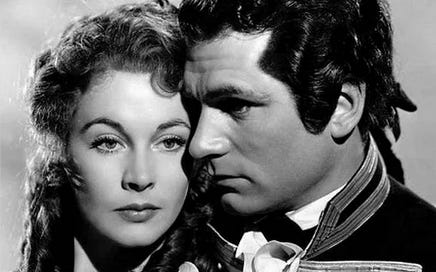



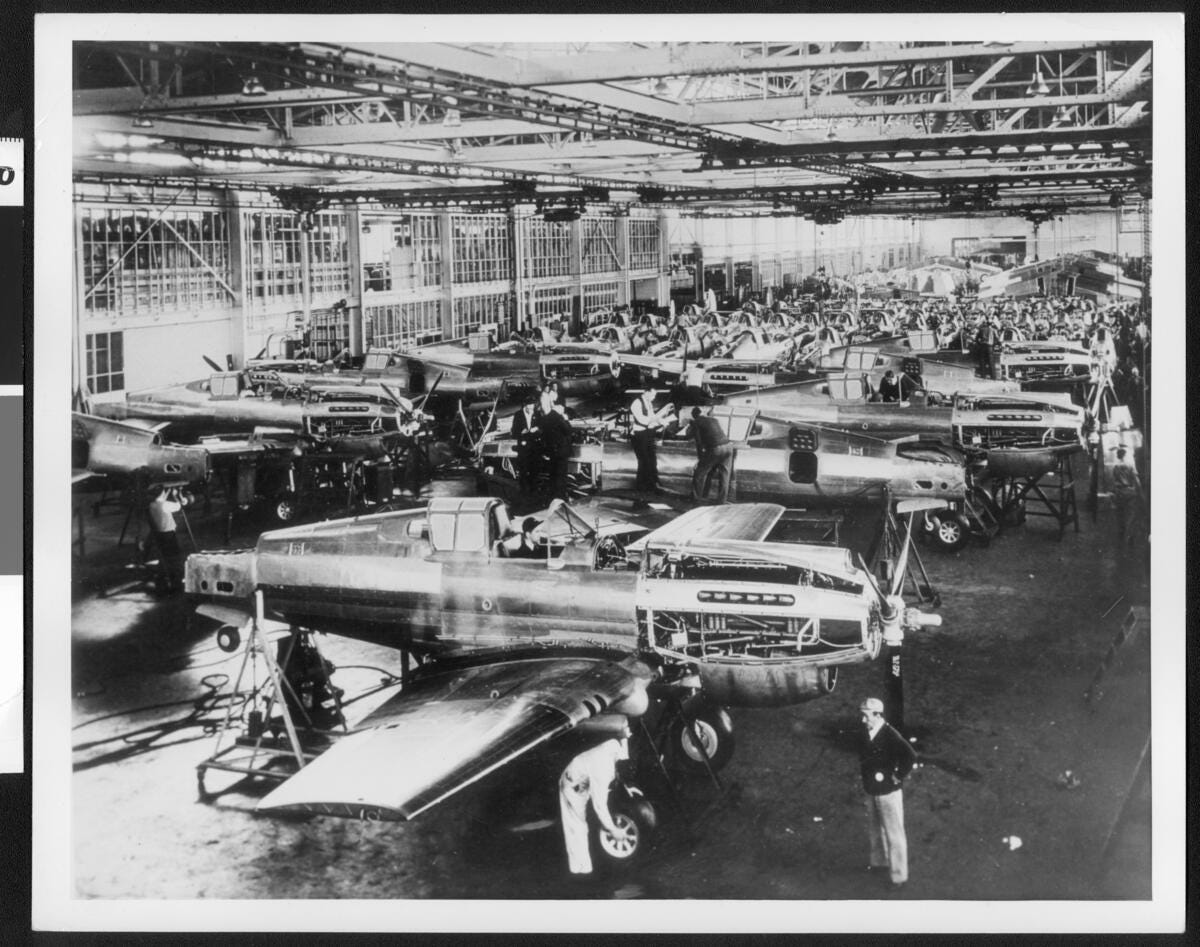
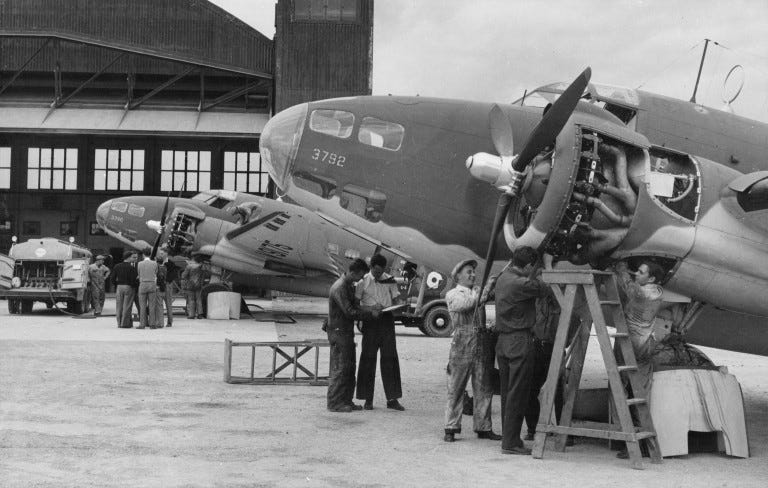

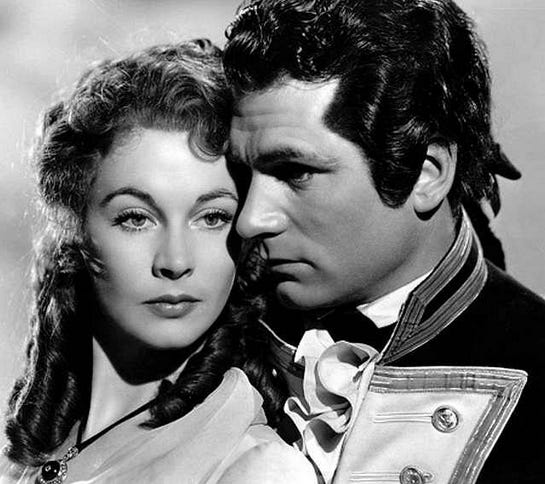








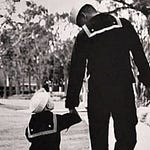

Share this post